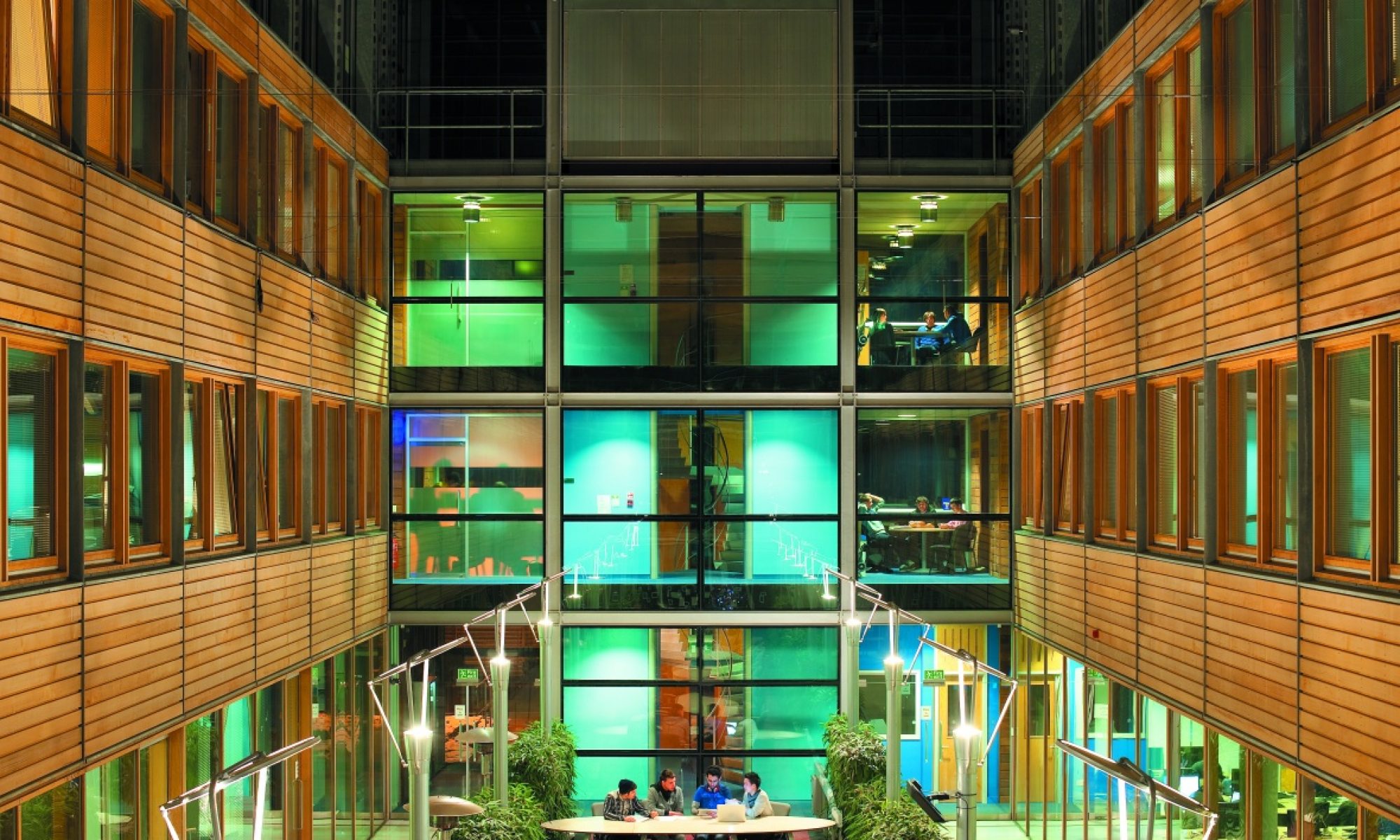post by Szymon Olejarnik (2023 cohort)
My placement was conducted under the NHS Rotherham Doncaster and South Humber Trust, in partnership with the University of Sheffield. This placement gave me an excellent opportunity to join a team of researchers working in industry and academia, working on an existing project looking into how cognitive load is affected by hoarding. Although hoarding disorder is a recognised diagnosis that could be comorbid with other mental health disorders like anxiety or depression, its consequences on human cognition are not well understood. This project aimed at unravelling the impact of hoarded environments on the latency of cognition, specifically visual, motor and memory processing.
My supervisory team and I decided that this placement would be the best suit, bearing in mind my research experience and my own research interests. My research focuses on the relationship between video games and multidimensional wellbeing. As part of the investigation, I use virtual reality to assess the degree of comfortableness of social interaction. Since gamers can find online social interactions easier, here’s an interesting question: what if the interaction happens in person, but the other person is represented by a 3D model of their body or an avatar? With that in mind, it might be tempting to ask how this placement was at all relevant to my own work? Well, accessing the house of someone involved in hoarding behaviours is not easy! Instead, this project employed virtual reality (VR), using an app where participants get to explore the house of a person engaging in hoarding behaviours. It’s not only more practical but also more ethical that way, since the participant can be pulled out of the environment in an instant, should any distress occur. The way VR was used in this project provided an ideal opportunity for me to get more accustomed to VR research, with first-hand experience on how proprietary VR applications were developed, in case I wanted to prepare an entirely new procedure for my own VR research.
I joined the research team relatively late into the project’s development, with the role of an experimental design consultant and experimenter. Initially, I was asked to assess the existing experimental protocol on its practicality and psychological validity, for example, the number of experimental trials or the type of task the participants will be taking part in. Once we established that everything looked good on paper, we began work on the app that would be used as the experimental environment. Shortly after this, I was put in charge of the project, with the main goal of getting the app to a usable state, ready for data collection.
The app was developed by XRTherapeutics, whom I liaised with over the next few months. The initial prototype of the app was already promising – it looked and (mostly) worked like what we were imagining it, and the initial piloting revealed that the hoarded environment should make at least some difference in cognitive processing! Although we were happy with the prototype, we wanted to make it as realistic as possible, to ensure we replicate the clinical benchmarks of hoarding disorder. Over the next few months, we worked with XRTherapeutics to revise the app, implementing changes we thought would make it better. This involved me receiving a prototype, uploading it to the VR headset and setting it up, testing it for bugs and checking the looks of the environment, relaying this to the rest of the team and providing feedback to the developer for the next round of revisions. Although it does not sound like a lot, it took us a few rounds of revisions over the next few months to dial into the right balance of performance and aesthetics.
By the end of my placement, we arrived at a fully working 3D environment that replicates a hoarded environment well, giving participants an experience of hoarding as close to reality as possible. We conducted the last round of piloting, walking through the procedure step by step, and marking the project ready for recruitment.
Though this placement did not make me change the scenery from my day-to-day job much, it taught me two valuable lessons about working in the industry. One is that although we might think that industry and academia are two different worlds, research practice is more or less the same. This is especially true of the NHS, where medical research and clinical trials are very much overlapped with the standard procedures we would follow in academia. The other is that working with external organisations can be rewarding, but also tough. External collaborators can allow us to push our research forward and provide valuable insight we might not have as academics. But an external organisation also means “another team to manage”, meaning that as the research lead, you must have what it takes to ensure deadlines and expectations are met. Working on this placement gave me immense insight into how to manage industry-focused research involving multiple collaborators, and I am incredibly grateful to the NHS for providing me with this opportunity to push my own research forward.
